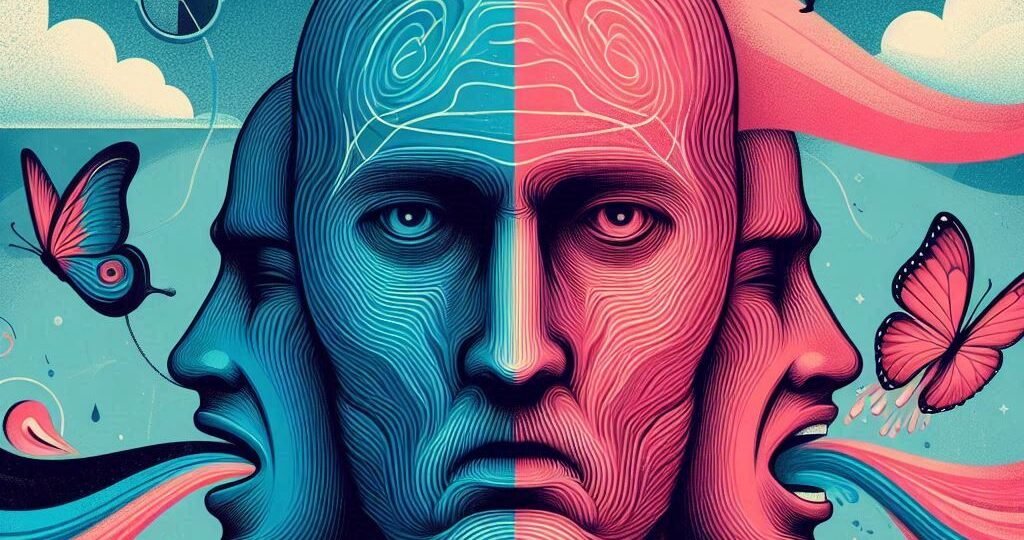
As humans, many of our decisions (at least in the moment), as much as we try to avoid, are dictated by our emotions. Well, have you ever thought about what emotions actually are? What is an emotion defined as? How do they occur? Psychologists (as is their role) sought out answers and today, we have different theories that answer various questions to the topic of emotion.
According to the American Psychological Association, an emotion is “a complex reaction pattern, involving experiential, behavioral, and physiological elements”. Let’s unpack that a little. Experiential is to involve or be involved in. Behavioral is pretty-self explanatory. Physiological is the physical aspects (like sweating when anxious). So in simpler terms, emotions are our brain’s way of responding to meaningful situations—with a blend of how we feel, what our body does, and how we act. How does this occur and particularly what is the order of the three? There’s several theories of emotion, and today we’ll start with the James-Lange theory of emotion.
The James-Lange theory suggests that our bodies react to stimuli first, and then our brains interpret those reactions as emotions. In other words, we don’t cry because we’re sad—we feel sad because we cry. Sounds preposterous, right? Believe it or not, at the time, William James was shunned by other psychologists. Here’s another interesting fact for you. The James-Lange theory, as the name suggests, comes from two people (William James and Carl Lange), but they didn’t work together. They both proposed it independently, yet both names were included.
Now, this theory is not completely accurate. Modern research has brought some nuance to the James-Lange theory. While it’s true that our bodily reactions play a role in how we feel, emotions seem to be more complex and involve feedback loops between brain and body. However, their work laid the foundation for future theories and brought attention to the powerful role the body plays in emotional experience.
Tomorrow, we’ll talk about another theory of emotion.
RELATED POSTS
View all

